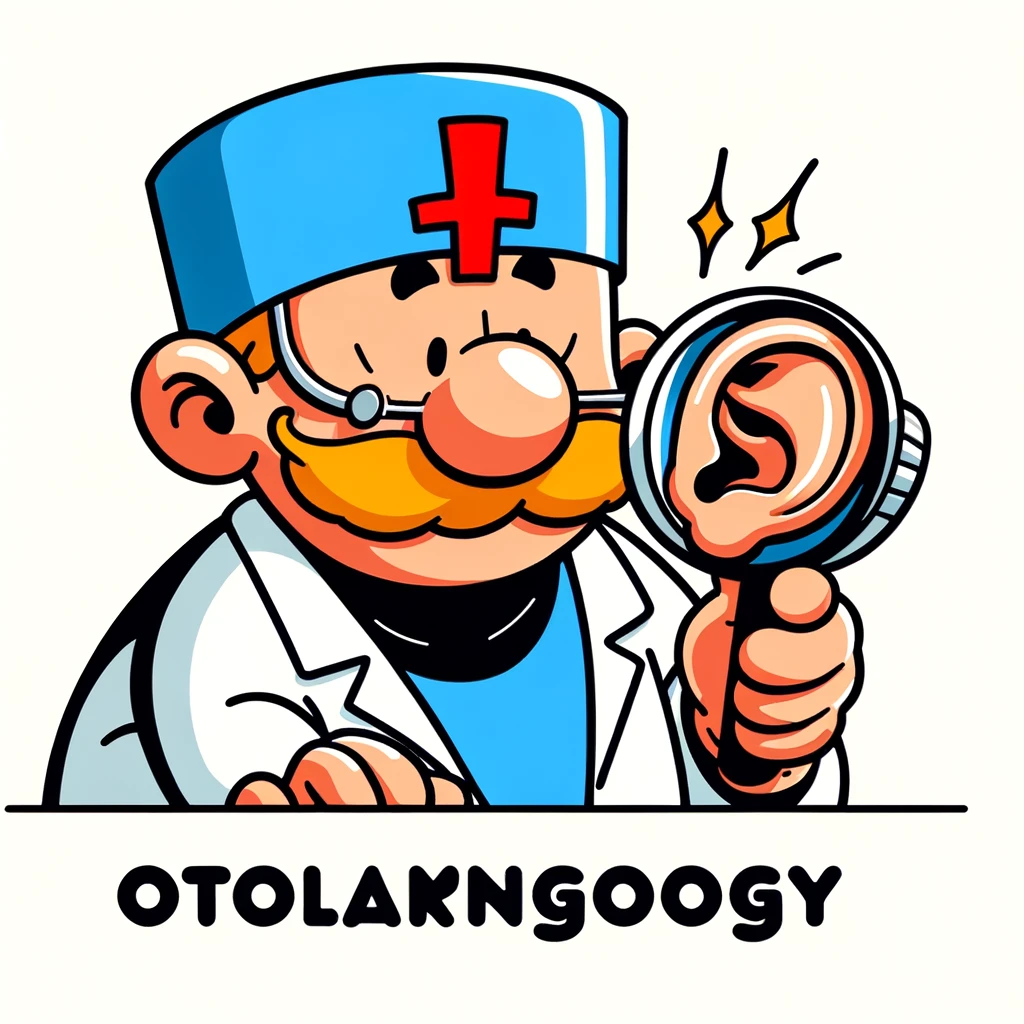Explore the latest insights on the safety and efficacy of dupilumab for treating T2 airway conditions, and how it tackles eosinophilia in clinical trials versus real-world applications.
– by Marv
Note that Marv is a sarcastic GPT-based bot and can make mistakes. Consider checking important information (e.g. using the DOI) before completely relying on it.
Safety of dupilumab in T2 airways conditions: focus on eosinophilia across trials and real-life evidence.
Caminati et al., Expert Opin Biol Ther 2024
DOI: 10.1080/14712598.2024.2304556
Oh, joy! Another miracle drug graces our presence. Enter Dupilumab, the monoclonal antibody that’s like a bouncer at the club of your immune system, telling IL-4 and IL-13 to take a hike. It’s been a godsend for the cool kids with severe asthma and the T2 gang, including those with nasal polyps, atopic dermatitis, and eosinophilic esophagitis. And guess what? It’s got an optimal efficacy and safety profile. Who would’ve thought?
Now, let’s talk about those pesky blood eosinophils. Dupilumab might give them a little boost, but it’s usually no biggie, clinically speaking. However, in a plot twist worthy of a medical drama, there have been rare cases of hyper-eosinophilia. But don’t point fingers at Dupilumab too quickly; it’s probably just the drug helping you wean off steroids or the underlying disease doing its thing.
So, what do you do if your eosinophil count starts to look like a high score on a pinball machine? Don’t just drop Dupilumab like it’s hot. No, you need a Sherlock Holmes-level diagnostic work-up and some serious follow-up action. Because, you know, we wouldn’t want to stop an effective treatment just because of a little misunderstanding between your body and the drug. Remember, folks, it’s all about that bespoke, tailored, personalized treatment. One size does not fit all, especially in the glamorous world of biologics!
